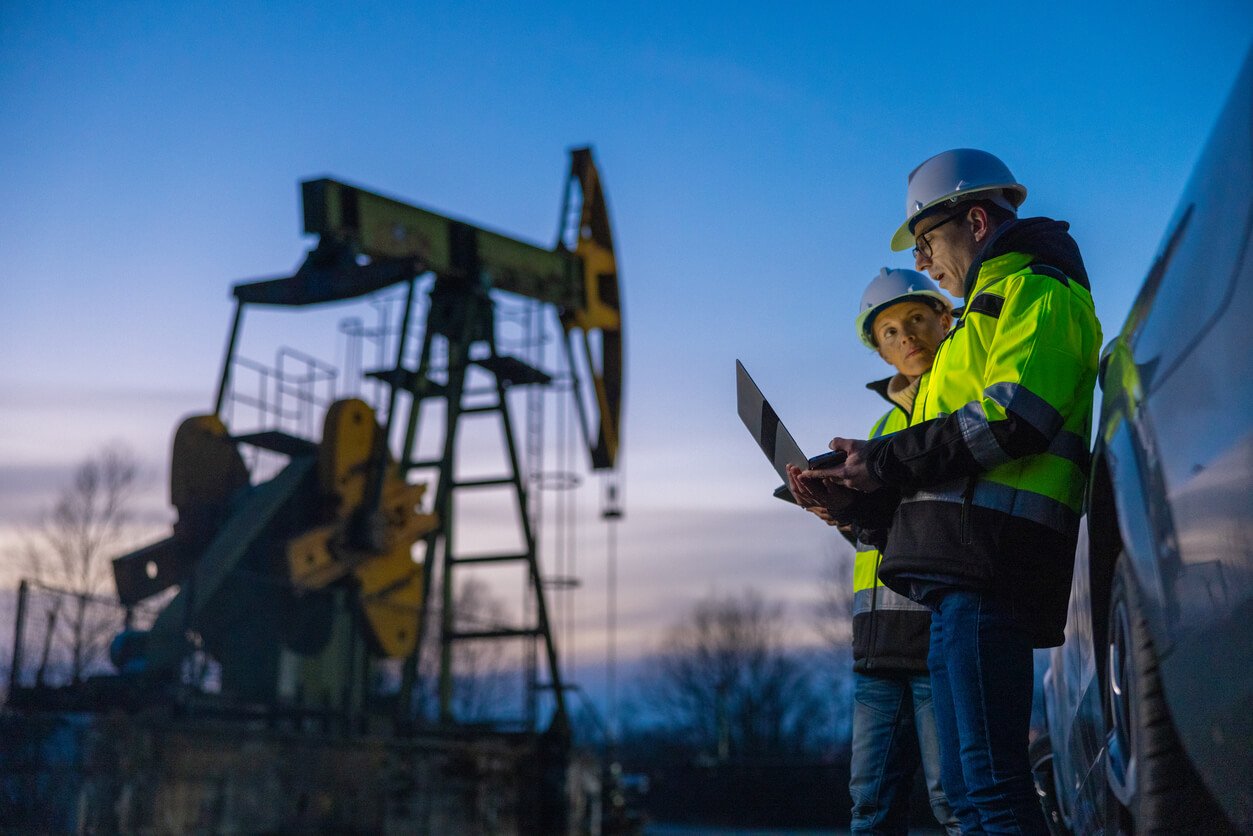What Are the Best Practices for Fire Safety in the Oil and Gas Industry?
The oil and gas industry is prone to several fire risks, including explosions, flammable vapors, and chemical leaks. The best practices for mitigating those risks include regular risk assessments, proper storage of flammable materials, and maintaining comprehensive fire safety management practices such as clear evacuation routes and using personal protective equipment.The oil and gas industry is known for its complex operations, lucrative endeavors, and, unfortunately, its inherent fire hazards. With vast infrastructures, volatile materials, and intricate processes, the sector presents unique challenges in maintaining safety standards. Fire safety in this industry isn't just a matter of compliance; it's a crucial component for safeguarding lives, protecting assets, and ensuring business continuity.
Let’s explore risks, essential tips, and how the oil and gas industry leverages technology to promote advanced fire safety protocols.
Unique Fire Risks in the Oil and Gas Industry
The oil and gas industry is full of unique fire risks from various operational aspects that demand attention to safety protocols. Significant risks include explosions, flammable vapors, and leaks, each presenting its own potential for devastation.
Recent incidents, such as the Deepwater Horizon oil spill and the Buncefield oil depot explosion, serve as stark reminders of the profound repercussions of lax fire and life safety measures in the industry. With lives, ecosystems, and economies at stake, the importance of fire safety in this sector cannot be overstated.
Essential Fire Safety Tips for the Oil and Gas Sector
Stringent fire safety measures must be implemented to mitigate the inherent risks in the oil and gas industry. Here are some essential tips to consider.
Conduct Regular Risk Assessments
Work with a certified fire and life safety services provider to conduct comprehensive fire risk assessments to identify potential fire hazards and vulnerabilities within the operational environment. This proactive approach enables preemptive measures to minimize risks.
Properly Store Flammable Materials
Adhere to industry standards and regulations to ensure proper storage and handling of flammable materials. Segregate incompatible substances and implement effective containment measures to prevent spills and leaks.
Establish Clear Evacuation Routes
Maintain clear evacuation routes throughout the facility, ensuring easy access during an emergency. Regularly review and update evacuation plans to accommodate changes in infrastructure and personnel.
Provide Personal Protective Equipment (PPE)
Mandate the use of appropriate personal protective equipment (PPE) for workers exposed to fire hazards. This includes flame-resistant clothing, safety goggles, helmets, and respiratory protective equipment.
Implement Comprehensive Fire Safety Management Practices
Implement robust fire safety management practices, encompassing the integration of fire detection and suppression systems tailored to the industry's needs. Conduct regular maintenance checks on equipment and systems to ensure operational readiness and reliability.
Leveraging Technology for Enhanced Safety
In an industry where risks are inherent and safety is paramount, leveraging technology is critical to enhancing fire safety measures. These innovative solutions offer a proactive approach to mitigating fire hazards and ensuring the well-being of personnel and assets.
Advanced Fire Detection Systems
Advanced fire detection systems represent a significant leap forward in early warning capabilities. Equipped with state-of-the-art sensors and intelligent algorithms, these systems can detect the slightest hint of smoke, heat, or gas, enabling rapid response to potential fire incidents.
Whether it's infrared cameras, smoke detectors, or flame sensors, these technologies provide real-time alerts, allowing for swift intervention before a small spark turns into a full-blown inferno.
Automated Suppression Systems
Automated suppression systems complement detection technologies by offering a targeted and immediate response to fire outbreaks. From deluge systems to foam-based extinguishing agents, automated suppression systems deploy rapidly when fire is detected, suffocating flames and preventing further escalation. By eliminating the need for manual intervention, they minimize response times and reduce the risk of catastrophic damage and potential loss of life.
Use of Surveillance
Surveillance technologies, including drones, CCTV cameras, and remote monitoring systems, play a crucial role in enhancing situational awareness across oil and gas facilities. These systems provide comprehensive coverage of operational areas, enabling real-time monitoring and early detection of potential hazards. By offering remote access to critical information, surveillance technologies empower decision-makers to assess risks promptly and deploy resources effectively in response to emergent situations.
Risk Assessment
Risk assessment technologies evaluate potential hazards and vulnerabilities within oil and gas installations using data analytics, predictive modeling, and simulation tools. These technologies identify high-risk areas and prioritize mitigation efforts by analyzing factors such as material properties, environmental conditions, and operational parameters. By leveraging data-driven insights, risk assessment technologies enable proactive risk management strategies, ultimately enhancing overall safety performance.
Benefits of Technology Integration for Fire Safety
The integration of advanced technologies into existing fire safety protocols offers a multitude of benefits for the oil and gas industry.
- Improved Response Times: Early detection and automated suppression systems enable rapid response to fire incidents, minimizing potential damage and loss.
- Enhanced Situational Awareness: Surveillance technologies provide real-time visibility into operational areas, facilitating proactive decision-making and resource allocation.
- Optimized Resource Utilization: Risk assessment technologies enable targeted mitigation efforts, allowing for the efficient allocation of resources to high-risk areas.
- Reduced Operational Downtime: By preventing and mitigating fire incidents, technology-driven safety measures minimize disruptions to operations, ensuring business continuity.
- Enhanced Personnel Safety: By mitigating fire risks and providing early warnings, technology-driven safety measures safeguard the well-being of personnel, reducing the likelihood of injuries and fatalities.
Fire Safety Solutions for the Oil and Gas Industry
Fire safety has become a non-negotiable in the oil and gas industry. With such high stakes, complacency can have dire consequences. By adhering to stringent safety protocols, leveraging technology, and prioritizing proactive measures, industry stakeholders can mitigate risks and safeguard lives, assets, and the environment.
Get in touch with a trained fire safety technician for comprehensive solutions tailored to the oil and gas industry.








